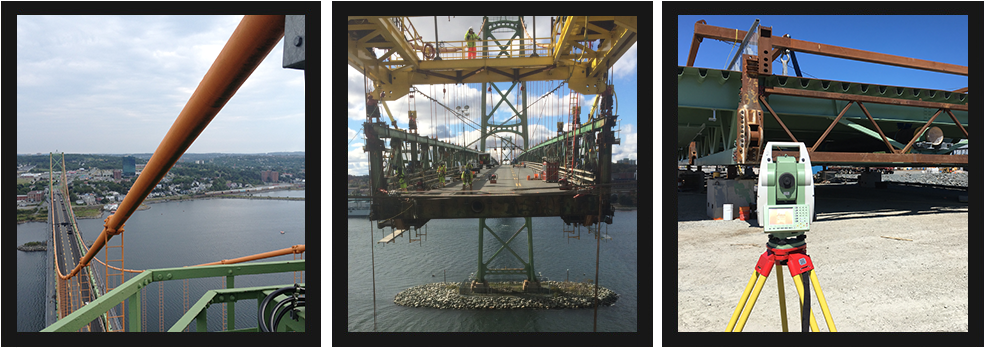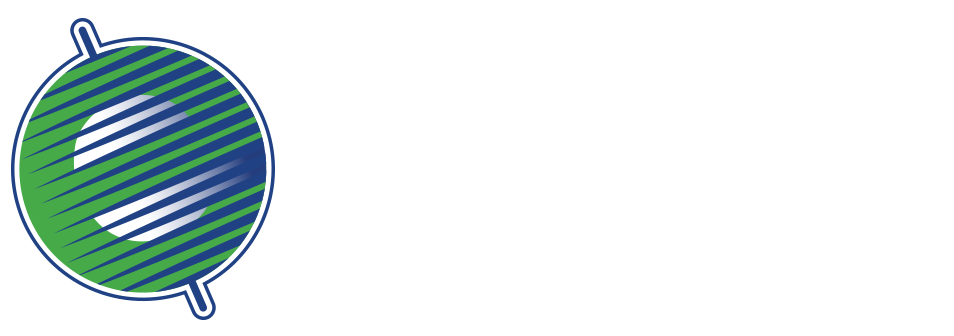Angus L. MacDonald DECK Replacement – “The Big Lift”
SDMM

» Scope of Project
SDMM provided dimensional survey services to the general contractor, American Bridge Company Canada (American Bridge), and to the segment fabricator, Cherubini Metal Works Ltd. (Cherubini), for the $207M Angus L. MacDonald Suspended Spans Deck Replacement, or the Big Lift, in Halifax / Dartmouth, Nova Scotia. The purpose of the Big Lift was to replace the 46 suspended deck segments while keeping the bridge open to traffic during business hours.
» Execution
As part of the construction contract awarded to American Bridge, dimensional surveys were required for structure modelling and monitoring purposes; pre-construction, at key milestones, and after raising the new deck segments. The dimensional surveys of the bridge included; the longitudinal tower leans of the main towers and cable bents, main cable elevations, truss elevations at key positions across the bridge, and steel surface temperature recordings. American Bridge also required additional surveys including dimension confirmations at towers and cable bents for expansion joint design, rocker link and pendulum link connections, and topographic surveys for site clearances pertaining to the removal /installation process of the existing /new deck segments.
Cherubini required dimensional control throughout all stages of fabrication. Punch-mark layout was used to control segment lengths and widths, truss spacing and alignment, cumulative segment alignment and length and hanger positions. Segment to segment trial assemblies occurred for each new segment. During the trial assembly stage, the hanger lugs were positioned, cumulative length/alignment/profile was monitored and the control punch-marks were transferred forward from segment to segment. All key dimensions were documented and reported.
» Project Highlights
The dimensional surveys required a stable, permanent and accurate control network that required static GNSS, total station and levelling observations to generate Least Squares adjusted coordinates. The longitudinal leans of the main towers were monitored using high-precision monitoring prisms. The main cable and truss elevations were observed by using tilting levels across the dynamic structure which posed very unique challenges for levelling observations. SDMM was also present during segment installations that included tower/cable bent connections to set the segments at the correct project elevation.
Working with Cherubini to design the dimensional control portion of the fabrication procedure was a unique and challenging experience. As the project moved along, our role with the fabrication team grew to a point where SDMM was required at the fabrication facility full-time. This ensured that critical dimensions were checked immediately to keep the assembly line moving with minimal interruption.


